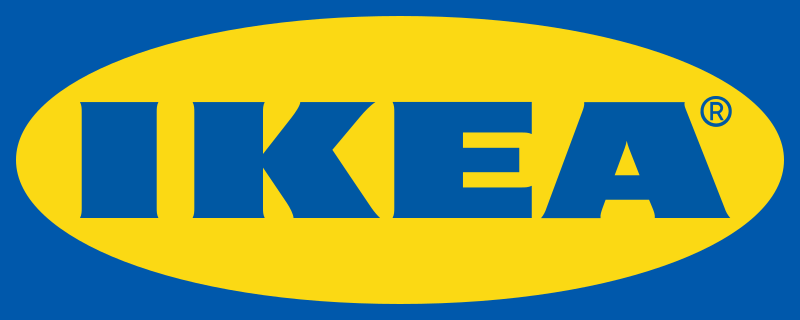Condottiere
SOC-14 5K
Furniture can be (re)assembled.



It is a lot of airlocks ... but it's also a redundancy ("you can have either zero or two!"). That way, if one of the decontamination airlocks "stops working" (for whatever reason), you haven't lost your one and only decontamination airlock.that is a lotta airlock- which is LEGO flexibility and safety, but also a lotta failure point.
The way that deck plans are drawn in the LBBs, there's 2 types of walls ... Bulkheads and Partitions.Re door thickness, to me the armor 40 is either external hull, airlock as you have it or the ACS bulkhead between engineering and the deck as in the Snapshot plans.
Very much so. Bulkheads are both pressure barriers AND load bearing structures.Also, decided as a result of rumination on this that the ACS bulkhead is not just safety firewall but actually load bearing
Pivot, then slide the door sideways to one side or the other.
Pivot door.
You can't move large equipment through it, but the crew can squeeze past them.
That would make it not particularly useful as a door, unless it was double-width.You want that fixed in place, so that any boarders in armour have to blast the door off the pivot, in order to pass through.
I'm seeing it as a type of door that could be opened despite differential pressurization.

So ... once the pressure differential is gone ... the door can be opened.Once the air gets out (and it works in both directions), the door is slid sideways out of the way on its hinges/pivot bearings.
Actually, opening the (pivot) door lets the air out.So ... once the pressure differential is gone ... the door can be opened
Iris valve shouldn't have an issue with air pressure

lris Valves: lris valves are pressure-tight automatic portals set in bulkheads.
lris valves close automatically when a pressure difference is sensed between the two sides of the bulkhead. They will not close fully until the valve is clear of any foreign objects (like legs, hands, etc).
Can you?You can open doors in a spacecraft against pressurization, aircraft are a bit different because of wind speed.
Tell that to the Apollo 1 crew. Pressurization from the fire was one of the compounding problems that led to them having difficulty opening the hatch, and why future hatches opened outward.You can open doors in a spacecraft against pressurization, aircraft are a bit different because of wind speed.
They died in 12 seconds, and the fire had raised the pressure to 29 psi, it also ruptured the command module's inner wall. Gas expands under heat, and fire.Tell that to the Apollo 1 crew. Pressurization from the fire was one of the compounding problems that led to them having difficulty opening the hatch, and why future hatches opened outward.


Yeah. Regina is "at the edge" but is only the edge. The wilds are beyond there... (and are Vargr space, if you like that kind of thing...)Although the Regina subsector was the "original frontier" for CT (thanks to LBB A1, et al.), I've come to appreciate the thought that the Five Sisters, District 268 and Glisten subsectors actually make for a better "fringes of civilization" region to be playing around in as a tramp trader (either free or subsidized) wanting to "go beyond the border" and Live An Interesting Life™ while aspiring to become a Merchant Prince (or just an adventuring Traveller).
